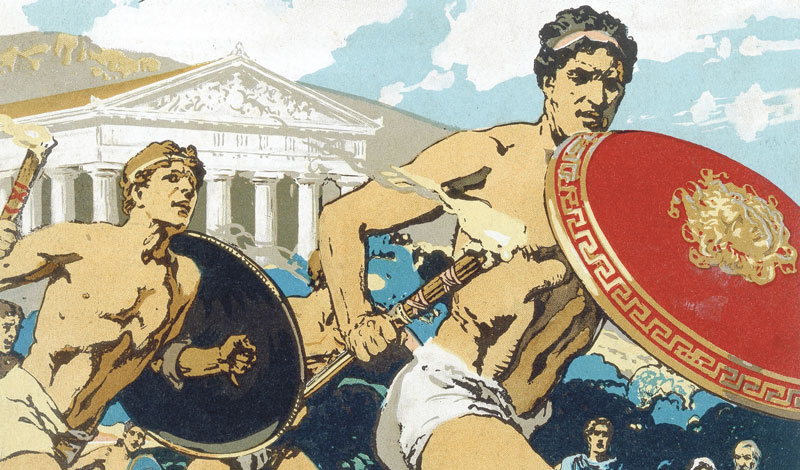Throughout 2025, the World Tribune is featuring on the cover historical acts of diplomacy that shifted public sentiment and even thawed tensions between nations. In this issue, we focus on the power of sports diplomacy in having nations lay down their arms.
In ancient Greece, the tradition of the Olympic Truce, or ekecheiria, was established by three kings: Iphitos, Cleomenes and Lycurgus.
Per their agreement, heralds from Olympia traveled throughout Greece announcing the truce ahead of the games. The agreement protected both Olympia from invasion and forbade the interference of those traveling to and from the games.
The International Olympic Committee (IOC) revived the Olympic Truce at the Winter Olympics Lillehammer in 1994, calling for a cessation of hostilities during the games. The U.N. for its part declared 1994 the International Year of Sport and the Olympic Ideal.
While the truce is not legally binding, it has since been used to promote peace talks and humanitarian efforts in conflict zones, harnessing the power of the sport to promote peace, dialogue and reconciliation.
Since 1993, the U.N. General Assembly has adopted a resolution a year before each of the games, titled “Building a peaceful and better world through sport and the Olympic ideal,” inviting member states to observe the Olympic Truce individually or collectively and to settle international conflicts through peaceful and diplomatic means.
U.N. Secretary-General Antonio Guterres has called the Olympic spirit “the most important symbol of peace in this world, which sees so many conflicts, so many victims. The Olympic spirit allows people to be together from all over the world, to respect each other, to serve the themes of tolerance and mutual understanding. These make the basic elements of peace possible” (https://www.olympics.com/ioc/olympic-truce/resolutions).
April 11, 2025 World Tribune, p. 12
You are reading {{ meterCount }} of {{ meterMax }} free premium articles

